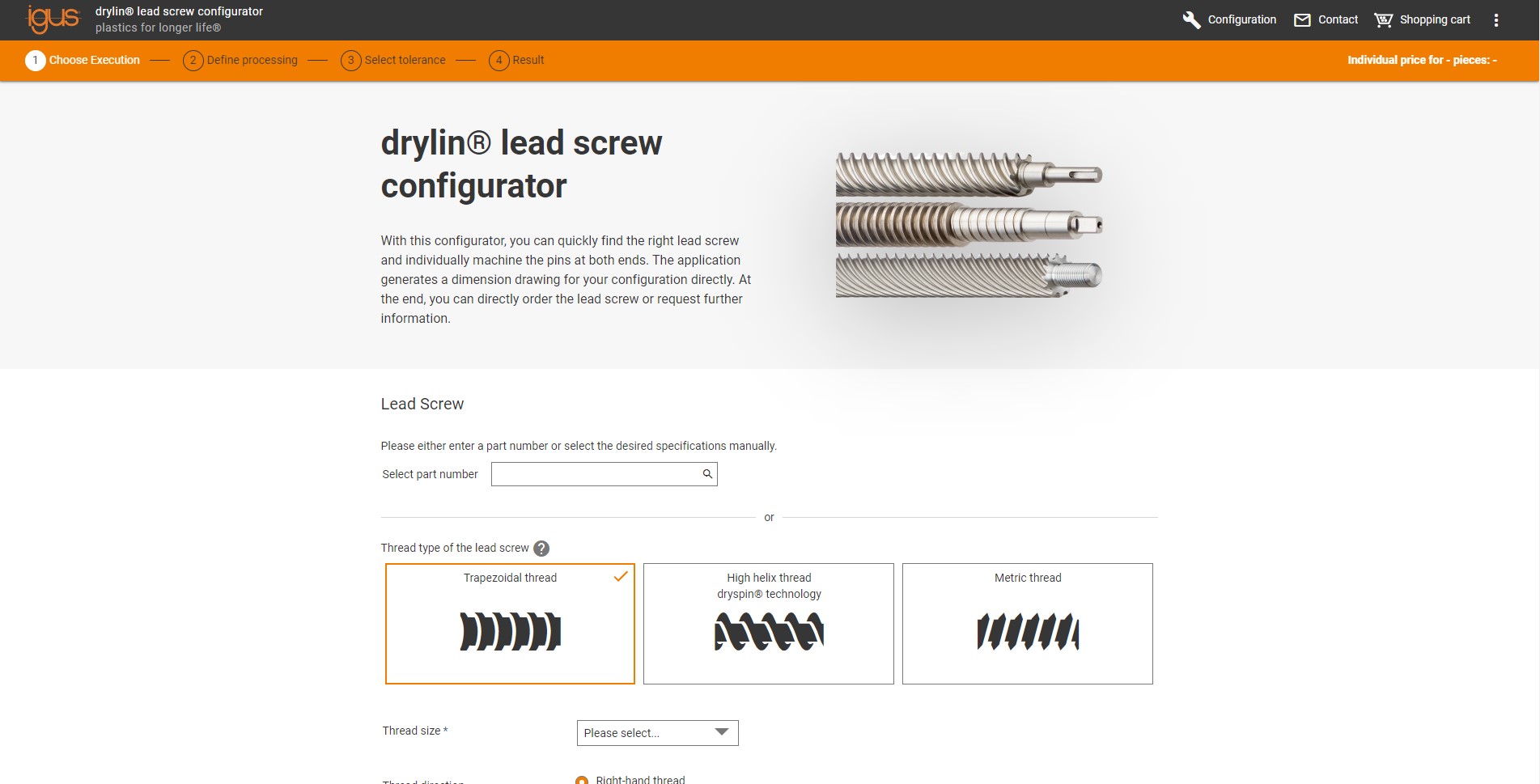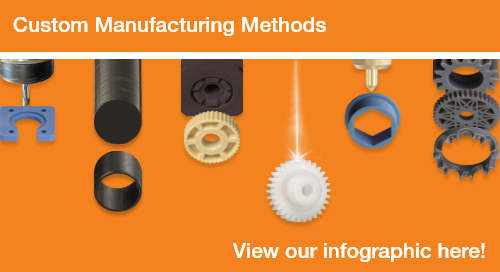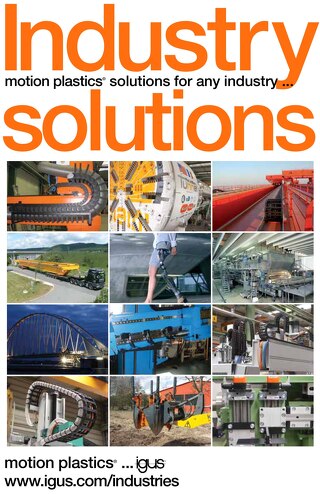3D printer lead screws drive success
Many different components go into building a 3D printer, but to achieve printed parts of the highest quality you need a quality component to drive the application. Builds will typically use ball screws, lead screws or belts and pulleys for this action. For great quality end results, lead screws are seen as the best mechanical component while balancing cost. However, there are still many different questions that need to be answered before deciding which lead screw is best for your build.
Budget Planning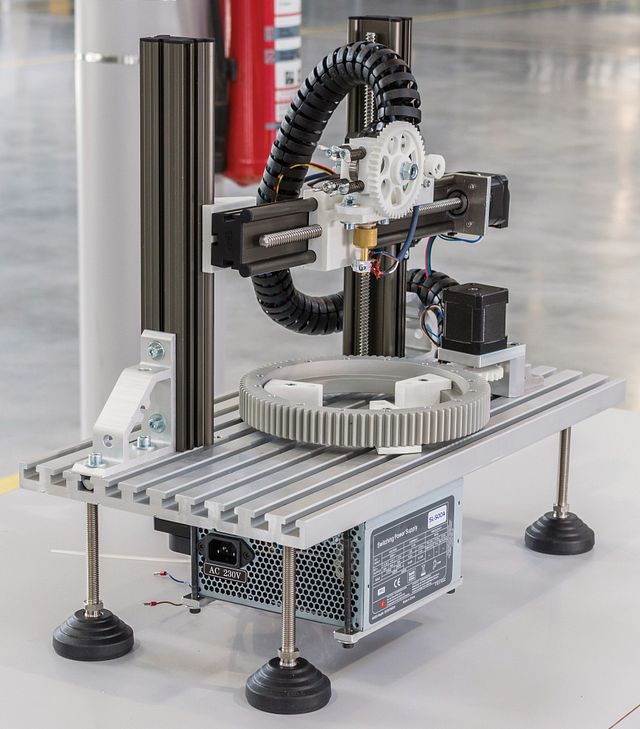
Pre-planning a budget for your printer is the best way to determine where you can save money on certain components to allow for an appropriate amount to be spent on key areas such as motors, linear guides, and – most importantly – how you ultimately drive the different axes. These components are vital to your build. They will be integral in the overall quality of your printed parts. Two important aspects to consider when building your printer are how accurate your print will be & how fast you can print your parts.
Ball Screw vs. Lead Screw
Ultimately, the limiting factor for how accurate your printed parts will be are your linear guides and the mechanism used for driving the print head. For the highest quality outcome you can use linear components utilizing ball bearings, however, this is more expensive and requires more frequent maintenance. The average cost of a 10mm diameter ball screw assembly can be approximately $400.00, whereas a similar lead screw might cost less than half that.
Lead Screw Nut Backlash
When considering a lead screw over a ball screw you need to be aware of backlash. Ball screws are able to provide a high amount of repeatability when cycling. Typically ball screws carry about 0.05mm of backlash, while you can achieve under 0.1mm of backlash with an anti-backlash lead screw nut.
Online Tools
igus® has a number of online tools such as our easy to use lifetime calculator. This tool allows you to designate the exact speed & load of your X, Y & Z axes while providing you with an accurate lifetime for your lead screw nut. igus’ iglide E7 lead screw nut material excels in applications such as 3D printers with high speeds and low loads. With this particular material you can reach upwards of several million cycles prior to needing a replacement part. This material is also known for its soft vibration damping characteristics leading to lower noise emission.
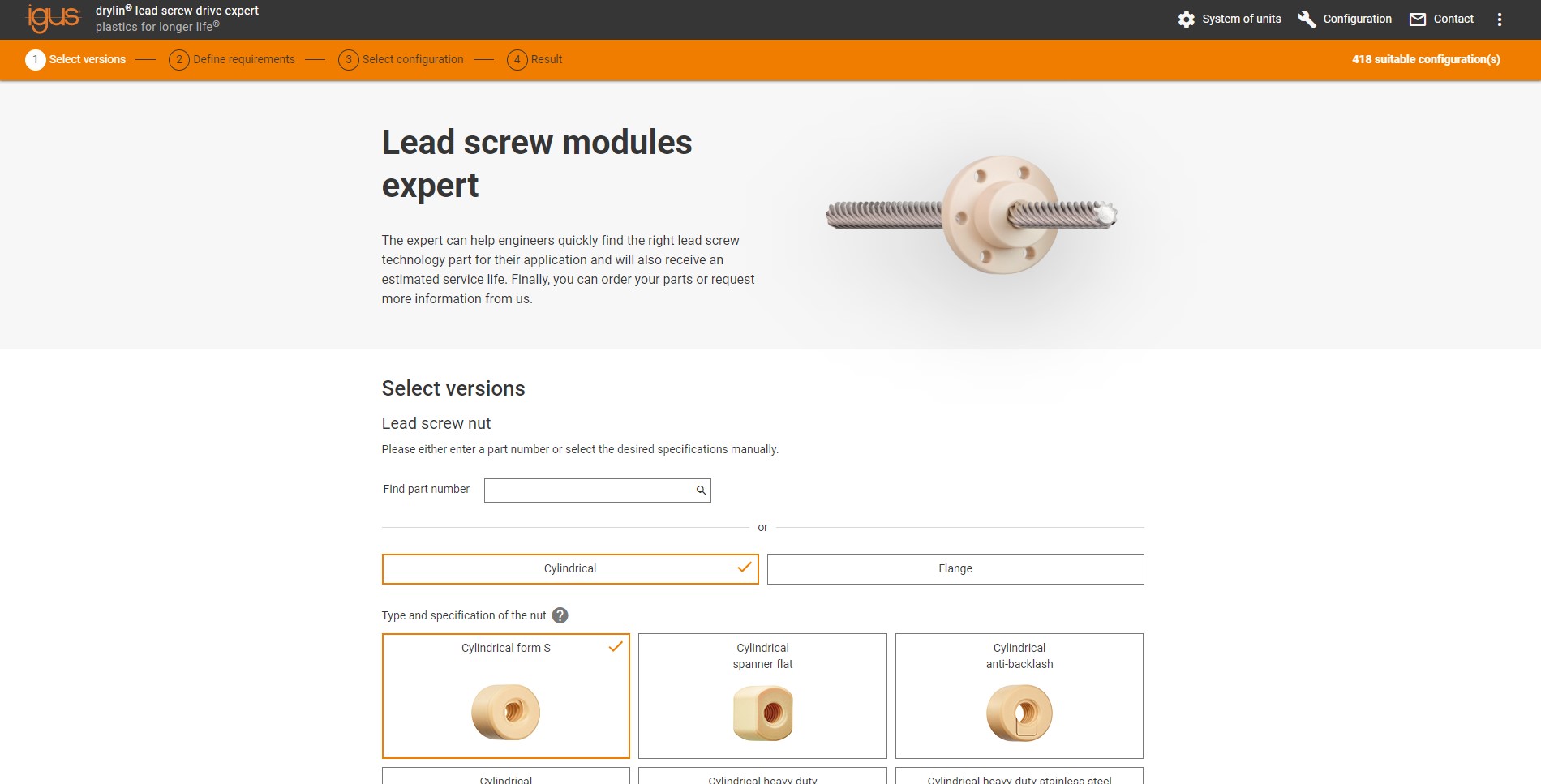
To identify which igus lead screw would be best for your application, please try our product finder or contact me directly to discuss the project. Once you have your lead screw selected we can also provide you with a custom machined screw via our online configurator. This tool is 100% online and provides you with an igus print, STP file, data sheet for your custom screw & pricing up to 49 pieces. Typically these parts can be delivered in under 6 weeks.
